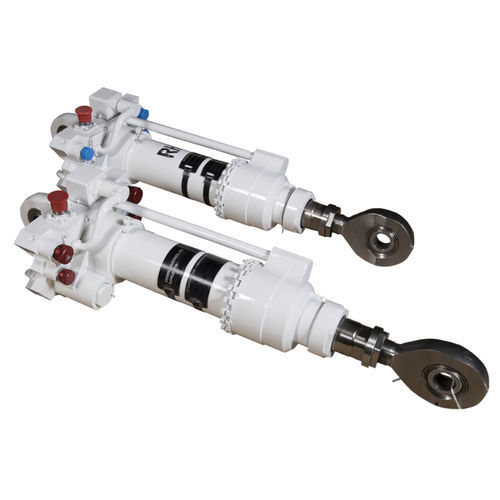
- Components - Spare Parts
- Hydraulic System
- Hydraulic actuator
- ARKWIN INDUSTRIES
Hydraulic actuator 1211 serieslinearfor aircraftpiston

Add to favorites
Compare this product
Characteristics
- Type
- hydraulic
- Movement
- linear
- Applications
- for aircraft
- Technology
- piston
- Stroke
Max.: 14.041 in
Min.: 5.635 in
Description
Arkwin’s experience with lock actuators dates from 1964. Since this time, we have built lock actuators using roller, toggle and slider locks. Mechanical detents have been used for very low locking loads too. Arkwin offers single and dual position mechanical locks. In addition to this production hardware experience, we have conducted design studies and tests of other types of locks. Finally, Arkwin also manufactures actuators which maintain position using hydraulic locking. This allows load resistance in any stroke position. With this wide background to draw upon, Arkwin is able to select the most effective locking mechanism best suited for each application.
Design Features
In general, lock actuators operate by interposing a radially displaced locking member between the moving piston and the stationary housing. In all locking actuators, the locking surface cone angle is steep enough to assure unlock under friction coefficients greater than those anticipated in service. The radial component of the axial locked load is a function of this angle and the coefficient of friction. With friction variations, there is a large variation in the radial force component in service. Radial motion of the locking surface is controlled by an axial plunger. The pressure at which this plunger will operate is thus dependent upon the sliding friction in the lock. Arkwin has developed a number of techniques to mitigate friction and the effect on unlocking pressures. Critical to the design of the lock actuators is the need for lock integrity, the smoothness and the repeatability of unlocking.
VIDEO
Catalogs
Hydraulic Utility Actuators
2 Pages
*Prices are pre-tax. They exclude delivery charges and customs duties and do not include additional charges for installation or activation options. Prices are indicative only and may vary by country, with changes to the cost of raw materials and exchange rates.







